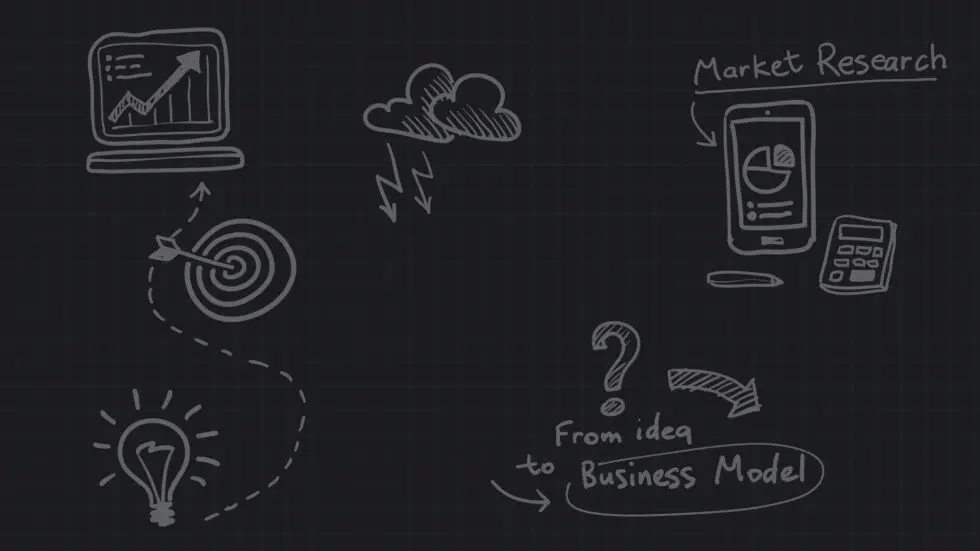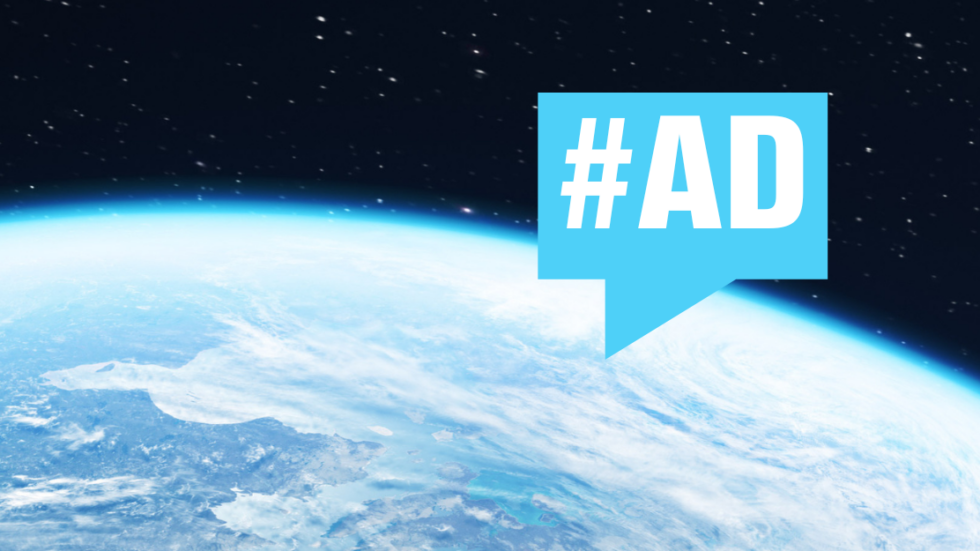Generative AI is everywhere and content creators and brands alike need to do more than just watch from the sidelines.
Speaking at VidSummit, BENlabs’ EVP of Technology Alex McFadyen shed some much-needed light on AI’s development and impact in the last year. And yes, ChatGPT just celebrated its one-year, public-launch birthday on November 30.
McFadyen’s audience was made up primarily of content creators and much of his discourse focused on TubeBuddy, the BENlabs’ YouTube tool for creator growth and content optimization.
But he so clearly broke down the hows and whys of the AI revolution within that context, that it’s valuable for folks across industries to take note.
The Artificial Intelligence Revolution
AI is not new. It emerged with Alan Turing’s “thinking machines” or “machine intelligence” around 1950. The term “artificial intelligence” was first coined at the Dartmouth Conference a few years later in 1956.
Throughout the following decades, various iterations of AI were developed by scientists. Pop culture followed suit, with AI-powered robots and computers taking over numerous science fiction series and blockbusters.
Then came Machine Learning and Big Data in the 21st Century. By 2011, everyday people were interacting with AI via Apple’s voice assistant Siri and soon after, Amazon’s Alexa. But these systems, and the many applications that were far more niche, were based on discriminative AI.
The AI craze of the last 18 months is thanks to the explosive advancements of generative AI. Generative AI is exemplified by models such as ChatGPT, DALL-E 3, and Midjourney.
And while it’s a bit of a data science lesson, McFadyen was able to break down the difference in rather simple terms.
The Groundwork of Discriminative AI
Discriminative AI, which has existed since the 1980s, classifies data points based on a whole lot of training. Discriminative AI models can distinguish between categories, like red or blue dots in the image below.

You can bring discriminative AI a new dot and ask, “is this a red or a blue dot?” And it’ll tell you the correct answer. That simple idea has spawned handwriting recognition, face recognition, and even chess bots that can beat the best humans.
Most data scientists agree that discriminative models will continue to be valuable to classify or predict data.
Generative AI Content: The Game-Changer
Generative AI, on the other hand, involves training a dataset to generate new content based on learned patterns. Instead of asking “is this a red or a blue dot?” you ask “please give me a new blue dot.” And it makes one based on the data it has reviewed and understood.

It has taken incredible amounts of time, investment, and supercomputing energy to get generative AI models to begin producing accurate responses. And they’re becoming more reliable every day.
The surge in generative AI’s popularity is attributed to breakthroughs in large language models and their ability to solve complex tasks, as showcased by the success of ChatGPT. This innovation enables generative text, images, and more at an unprecedented speed and scale.
Developers, educators, and creators are increasingly integrating generative AI into their workflows, capitalizing on its ability to enhance creativity, ideation, and content optimization.
Generative AI: A Word of Caution
However, this rise of AI, and all it holds possible, comes with some cautionary notes.
1. Not All That Glitters is Gold
First, amid the AI gold rush, McFadyen warns that not all startups are genuine innovators. Many are simply repackaging existing models. “Nine times out of ten, all they’re doing is taking someone else’s work and putting a nice new shiny layer on it and then getting you to pay for that.”
And they’re not just going after your money, they may also be harvesting your data.
So how do you find the real innovators? As McFadyen suggests, look at how many data scientists and engineers that company employs. “If the answer is zero, they’re probably not doing anything innovative and they’re just using someone else’s work.”
2. Quality Over Quantity
Second, the massive influx of AI-generated content has emphasized the importance of maintaining individual creativity and brand identity. What remains valuable, as individuals or brands, is expression and perspective.
AI is a tool for creators to use, it’s not a solution in and of itself. As McFadyen put it, “No one cares whether you used Avid or Final Cut Pro. No one cares whether you use Photoshop… AI is just another tool. Ultimately it’s your expression. That’s what they’re following. They’re following you because you are unique and you have your own perspective on the world.”
If AI helps you make better content, your audience will respond to that. Which leads to the third point…
3. Use it or Lose...it.
Lastly, McFadyen does not believe AI will take your job. He does however agree with economist Richard Baldwin who recently reiterated at the World Economic Forum, “AI won’t take your job. It’s somebody using AI that will take your job.”
AI has the potential to help everyone do their jobs better. And it’s perhaps most effective making up for shortcomings.
By integrating AI where you struggle, it frees you up to do what you do best.
“Lean on AI, it’s gonna help you… Then focus on the things that make you special, that make you stand out. That’s the thing that you really need to be focusing on.”
By choosing not to use AI, you may be choosing to be left behind.
And what’s next in the world of AI?
In what lies ahead, McFadyen discussed the revolutionary concept of multimodal AI, where AI seamlessly integrates various content modes within a single model. This breakthrough goes beyond text and images production, venturing into audio, video, and even 3D modeling.
The possibilities for creative expression and content generation become boundless, heralding a new era for creators to explore diverse avenues with ease.
“There’s really a truly mind boggling amount of applications when you start being able to mix between these modalities. And so that’s what we’ve been playing with.”
Watch his full presentation below.
Influencer Marketing Made Simple
The BENlabs team uses proprietary AI tools to help make influencer marketing smart, scalable, and successful. From finding the perfect content creators, automating A/B testing of content, copy and CTAs, and surfacing clear, predictive analytic insights early, when they can make the most difference, BENlabs is here to help.


